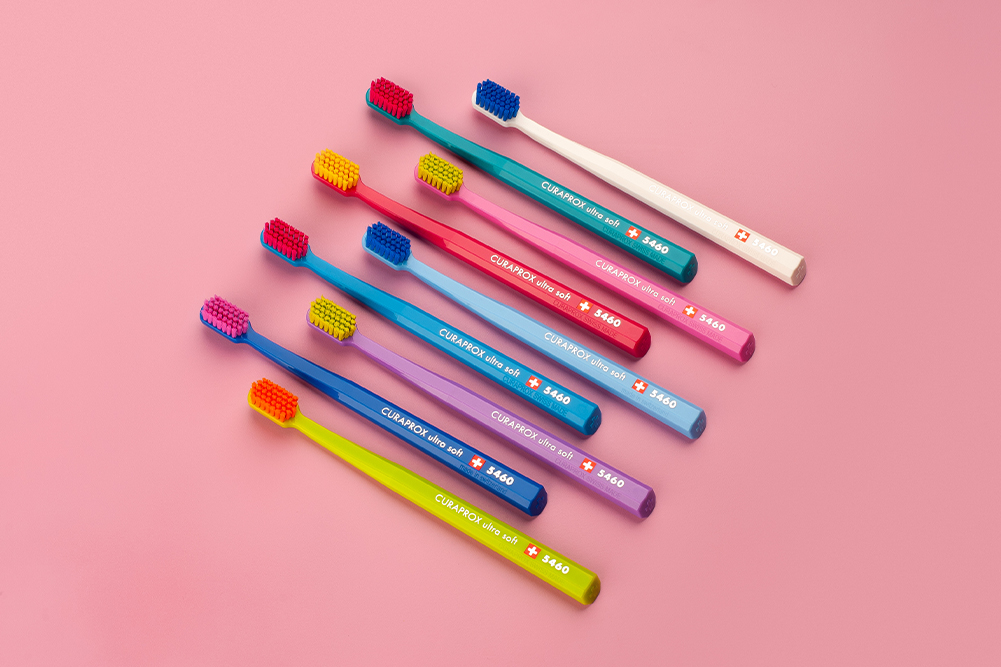Fructose feeds cancer
It is well known that cancer cells feed on glucose, the simplest sugar. Now a new piece of research has shown that at least one form of cancer also feeds on the sugar fructose and that is bad news; because fructose is everywhere in the modern Western diet.
For this new study researchers took pancreatic cancer cells from human patients and grew them in the lab. They then added glucose to one group of the cells and fructose to another group. Using mass spectrometry to track the sugars the researchers found that pancreatic cells did distinguish between fructose and glucose even though they are chemically almost identical. The cancer cells used fructose to manufacture nucleic acids which they then used to make RNA and DNA. This allows the cancer cells to divide and grow.
The capacity of fructose to increase cancer growth is bad news as fructose consumption has increased dramatically in recent decades.
Unlike glucose which is metabolised by insulin, fructose is metabolised in the liver. If too much fructose is present then the liver will start making it into triglyceride fats. So high levels of fructose can increase heart disease risk by increasing triglycerides. Fructose can also impact the normal hormonal signals affecting appetite so that you are left feeling unsatisfied. For this reason fructose is suspected of being behind the obesity epidemic that we are experiencing. Then fructose is also suspected of increasing resistance to insulin and therefore diabetes and now we learn that it can encourage cancer growth.
It is important to say at the outset that although fruit is a source of fructose it is by no means the largest source of fructose on the Western menu; that honour goes to sucrose and most especially, high fructose corn syrup (HFCS).
Cane sugar (sucrose) is made of fructose attached to glucose. It is 50 per cent fructose and 50 per cent glucose. High fructose corn syrup is made by changing some of the glucose in corn starch into fructose. In the end HFCS contains around 55 per cent fructose and 45 per cent glucose. Although we hear a lot about the dangers of excess sugar, it is HFCS that is a concern.
HFCS is widely used in the food industry. It extends the shelf life of processed foods and is cheaper than sugar. Additionally, as a result of the process of making HFCS the fructose molecules are free and unattached. This unbound state means the fructose from HFCS is ready to be used straight away. Fructose from cane sugar and even sugar beet must go through an extra metabolic step before it can be utilised.
It is estimated that between 1970 and 1990 the consumption of fructose in the United States increased by 1000 per cent. Who knows what has happened since then. On average Americans 27kg of fructose every year and most of it comes from HFCS.
To put this is perspective a cup of tomatoes (yes, a fruit) contains around 2.5 grams of fructose. However, courtesy of HFCS, some cans of soft drink contain 23 grams of fructose. HFCS is used in many processed foods like soft drink, cereals, yoghurt, sauces, and the list goes on. Check your labels folks, you don’t want too much fructose in your diet. It is not time though to stop eating fruit; you don’t want to throw out the orange with the soft drink.
Meanwhile if you visit Meijer Ad that contains mostly likewise discounts with Winn Dixie Ad you surely have a range like ALDI Ad.







